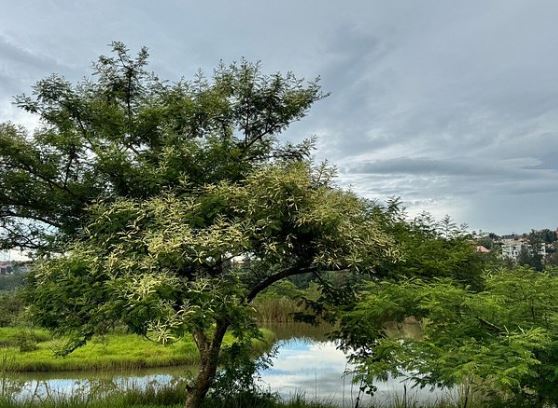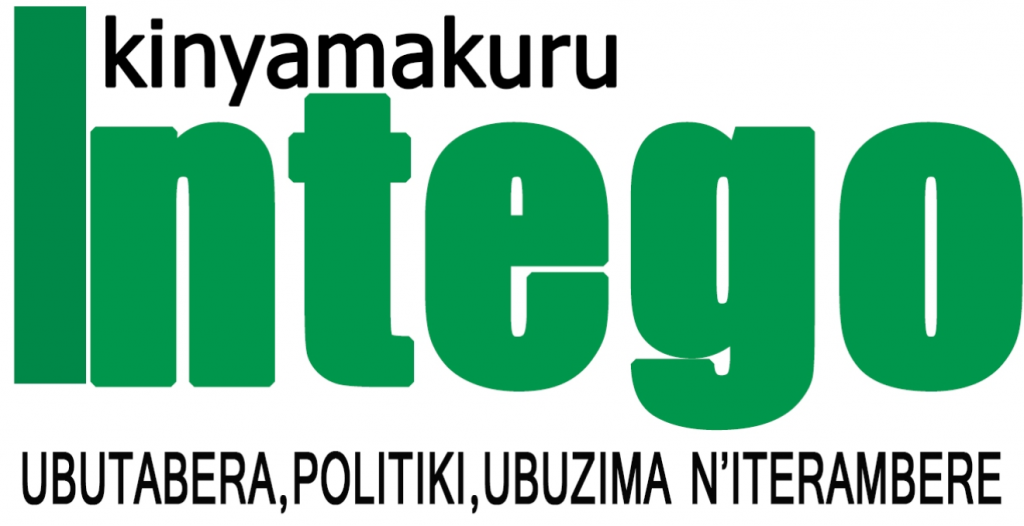
By Kayitare Jean Bosco & M.Louise Uwizeyimana
Currently, the City of Kigali, with 1.3 million inhabitants, has neither a centralized treatment facility for sewage nor a system of central sewer networks. Apart from a few standalone semi-centralized sewage treatment systems, septic tanks with soak-away pits are predominantly used, together with pit-latrines, with potentially negative impacts on both surface and ground water resources as untreated sewage is disposed inappropriately into the environment.

Some of the streams and rivers that currently receive inappropriately disposed sewerage include: Ruganwa, Rwanzekuma, Yanze and the Mpazi rivers and all tributaries of Nyabugogo River. The Rwanda Sustainable Water Supply and Sanitation Program (RSWSSP) program will seek to alleviate this problem by developing the first centralized sewerage system in Kigali city and will also address the solid wastes and feacal sludge management needs of the 6 satellite cities.
Currently in Kigali city there are only a handful wastewater treatment plants. By the end of March 2020, two hundred and fourteen (214) cleaning services, seven (7) liquid waste water treatment system, six (6) liquid solid waste collection and transportation, five (6 solidwaste recycling services, two (2) treatment of hazardous waste management, and thirty one (31) solid waste collection and transportation licenses were issued in the need to increase the hygiene and cleaning services in Rwanda.
The 42 percent of recorded licenses for the collection and transportation of solid wastes were in City of Kigali whereas 58 percent were in the provinces.
Construction of all commercial housing projects in Kigali city have been required to build their own septic tanks or mini waste treatment plants which is costly in construction and daily maintenance with the latter requiring foreign expertise. “With the new central system we may not require investors to build their own systems, because the current network will be connected to the central system. This option is possible and will be deliberated after the plant is complete,” Parfait Busabizwa, the Kigali city Vice Mayor in charge of economic development said then.
Kigali’s first wastewater network and treatment plant is expected to improve city hygiene especially during the rainy days, reduce air pollution as well as make Kigali an even better place to live and work in. Rwanda has secured €96 million loan (approximately Rwf98billion) for putting in place the system with funds coming from the African Development Bank (AfDB) and the European Investment Bank (EIB) and an additional €8 million from the government. The wastewater treatment plant will have the capacity to treat liquid wastes at 12,000 cubic metres per day.
In the meantime, it is also planned that Kigali residents will start paying for their liquid waste as part of the implementation of the new sewerage project. Residents living along the mapped areas (City Centre, Muhima and Nyakabanda) connected on the 86 kilometers sewer network will be obliged to pay for the household sewer collected and drained from their homes.
The national coverage of improved sanitation in Rwanda stands at 89.6% (NISR, 2021). However, because of the absence of sewer networks and centralized wastewater treatment plants, On-Site Sanitation (OSS) facilities are the only types of sanitation used in Rwanda. Even in the capital city Kigali, households rely mainly on pit latrines as sanitation facilities at a proportion of 84.3% and only 1.9% use flush toilets connected to pits or septic tanks (NISR, 2018).
Rwanda has taken a strategic decision to improve well-being of citizens, and this is well reflected in the Vision 2050 that aspires to take Rwanda beyond high-income to high-quality livelihoods and living standards. To realize this Vision, a National Strategy for Transformation (NST1 2017– 2024) was adopted to increase the proportion of the households with universal access to basic sanitation services by 2024. NST1 is designed in line with goal 6 of the Sustainable Development Goals (SDGs), going beyond access to toilets, to include safe management of faecal sludge across the value chain (capture, containment, emptying, transportation, treatment and disposal/ reuse).
As part of this, the Regulator has adopted guidelines for Faecal Sludge Management and in the final stage of developing a Regulation for Faecal Sludge Management as a pre-requisite to attain SDGs targets and achieving NST1 and the Vision 2050 targets. In urban areas where the Water and Sanitation Utility operates, the Regulator aims to establish a system where sanitation fee will be paid together with water bills. The utility will therefore manage desludging services from OSS facilities given that the payment will have been paid in advance on water bills.













